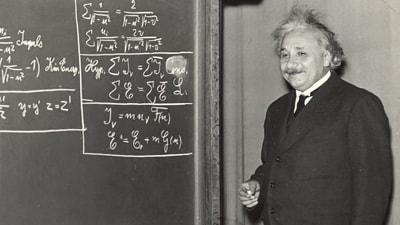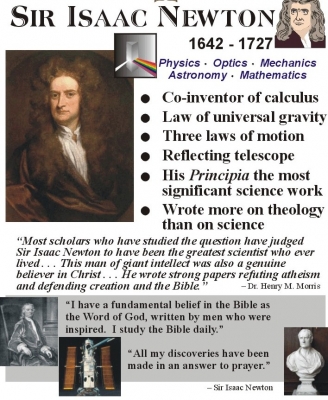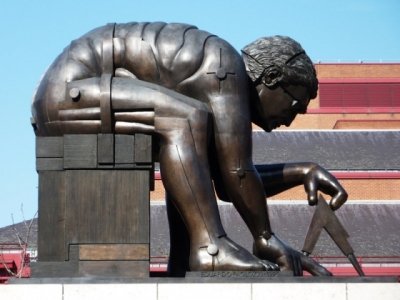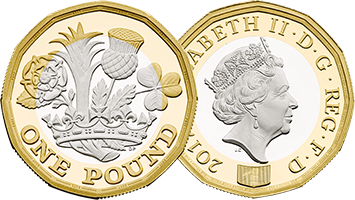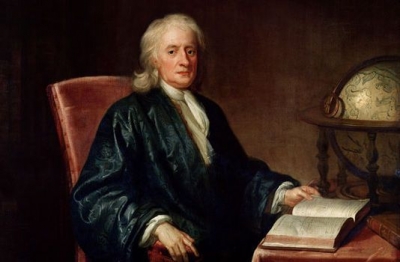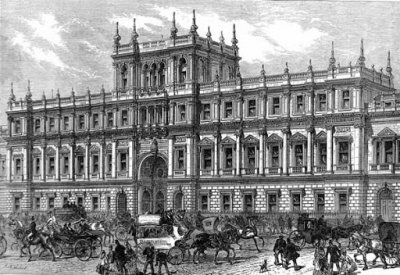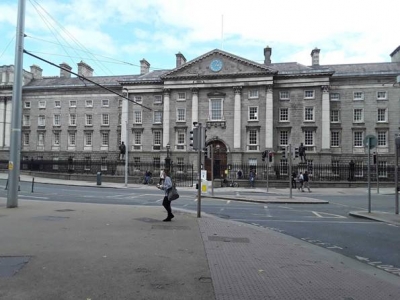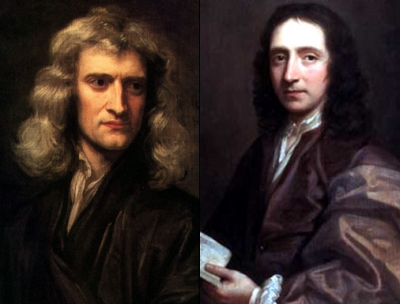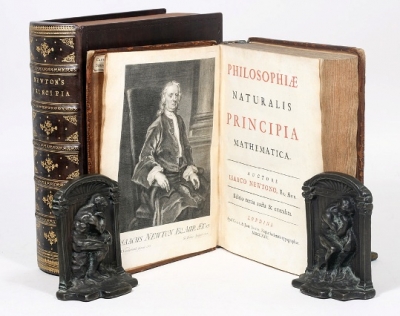Why was the year 1905 considered an annus mirabilis for Einstein?

Einstein too had an annus mirabilis like Newton. In 1905, Einstein published four scientific papers in the German journal Annalen der Physik. These four papers laid the foundation of modern physics by revolutionizing how the scientific community perceived fundamental concepts of space, time, mass, and energy. As all four papers were published in 1905, this year is considered Einstein’s annus mirabilis or miracle year.
The first paper introduced the revolutionary idea that light is composed of both energy and particles. The foundation for quantum physics that physical systems can behave both as waves (energy) and as particles (matter) began here.
The second paper, though without any revolutionary concepts, was important in its own right. Einstein discovered the empirical evidence behind Brownian Motion which refers to the random movement displayed by small particles that are suspended in fluids. Though many scientists had accepted this already, empirical evidence had been lacking.
The third paper which contained the special theory of relativity possibly had the most ground-breaking content among all four papers.
The last of these papers published on 21 November 1905 had the mathematical confirmation of the Special Theory of Relativity, the most famous equation: E=mc2.
Picture Credit : Google
